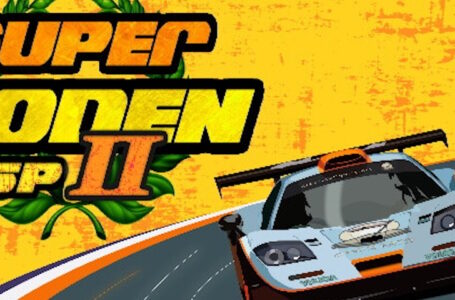Yuki Onna’s truly chilling PS1-style survival horror
Chilla’s Art games fall into two main categories: “walking simulators”, in which you’re exploring an environment and gradually uncovering a narrative, and “survival horror”, in which you’re exploring an environment and gradually uncovering a narrative, but occasionally getting chased by a screaming monster. Yuki Onna is an example of the latter.
The two-man team that is Chilla’s Art has experimented with a variety of different styles over the course of their various games, and Yuki Onna is one of several examples of them trying their hand at a PS1-style aesthetic. The last game of this type that we looked at, Aka Manto, was pretty effective; its permadeath mechanic encouraged you to learn something each time you played while providing genuine tension to the experience — mess up and you really would lose everything.
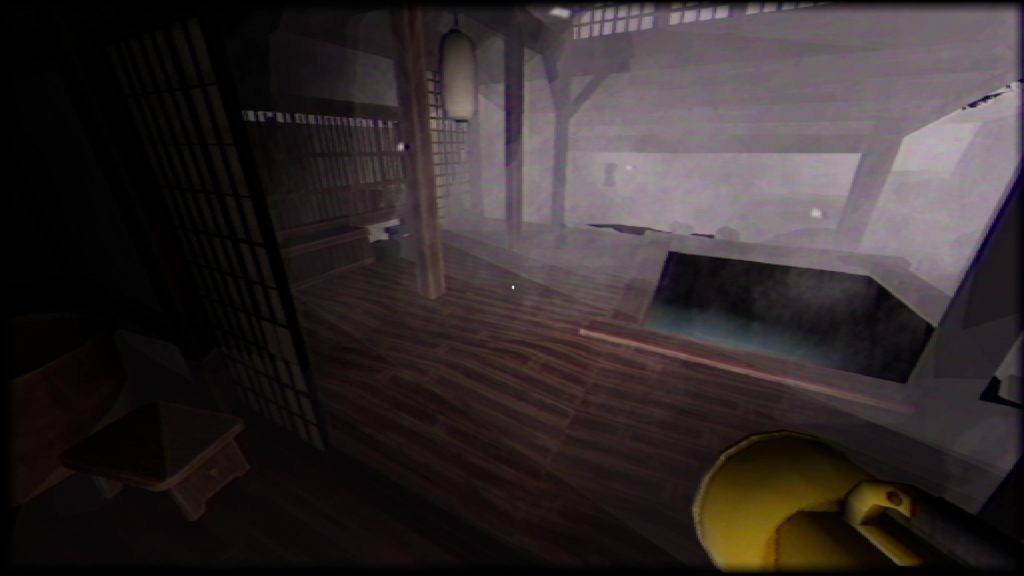
Yuki Onna maintains the “permadeath” idea of Aka Manto, but refines the formula a bit. Specifically, it simplifies the “chase” scenes significantly; all you need to do to escape the titular ice spirit when she shows up is hide in a pot until she goes away. It doesn’t matter if she sees you get in said pot — unlike in Aka Manto, where your foe would happily drag you out of a hiding place — so long as you wait until your character stops “shivering” before you re-emerge.
Yes, shivering; much like Aka Manto features clear cues as to whether or not the monster is about to appear, so too does Yuki Onna. In this case, getting close to your adversary causes your viewpoint to start shaking, with the amount and intensity of the shakes according to how close you are to her. This is supposed to represent the air around Yuki Onna being considerably colder than usual — part of the legend of the spirit from traditional Japanese mythology.
Just because you start shivering doesn’t necessarily mean you’re about to be chased, however; it simply means you’re near Yuki Onna, and if you stay out of sight, you’ll stay safe. This simple tweak to the mechanics makes Yuki Onna a much less frustrating game than Aka Manto — though it also means there’s a lot less margin for error. Healing items are extremely hard to come by, so you’ll need to avoid making mistakes as much as possible.
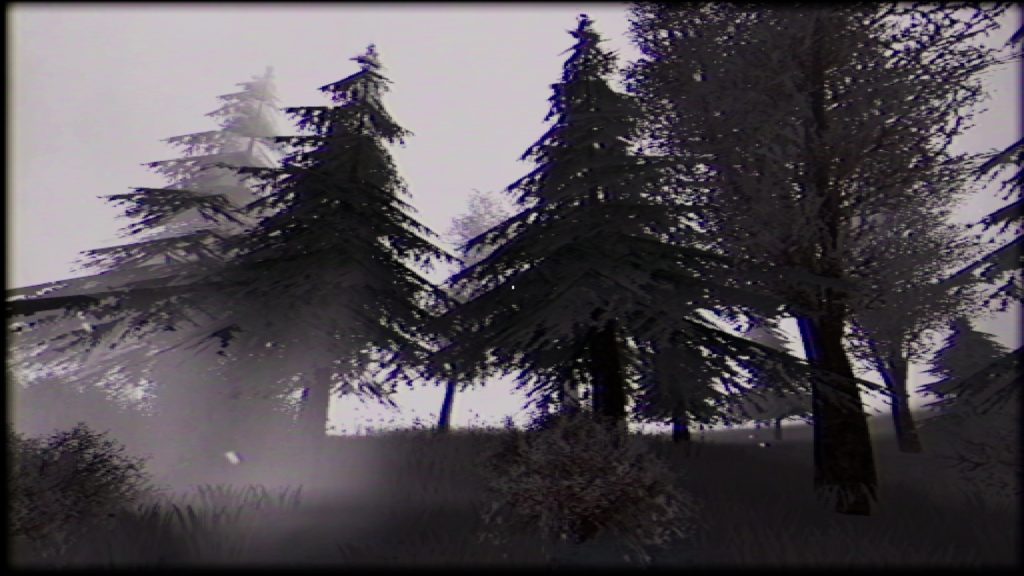
But let’s rewind a moment. What actually is Yuki Onna? Well, much like in Aka Manto, you find yourself alone in an inhospitable environment with a job to do. In this case, there are three missing children (one of whom is your son) that have been spirited away to an old, abandoned inn up in the mountains — and you’ve received a note saying that you’d better come get them, otherwise they’ll be frozen to death.
What then follows is a first-person adventure in which you need to explore the inn, locate the three children — each of whom is locked in a cage with a colour-coded lock — and then escape with them. Alternatively, you can look for a means of destroying Yuki Onna.
A Yuki Onna, for the unfamiliar, is a “snow woman” spirit. Unlike many other tales from Japanese mythology, there isn’t a single clear origin point for the Yuki Onna story; different regions have their own take on exactly where these spirits come from and why, but there’s usually some element of sorrow to the stories — whether it’s a restless spirit seeking vengeance for a past wrong, or simply someone who perished in the cold.
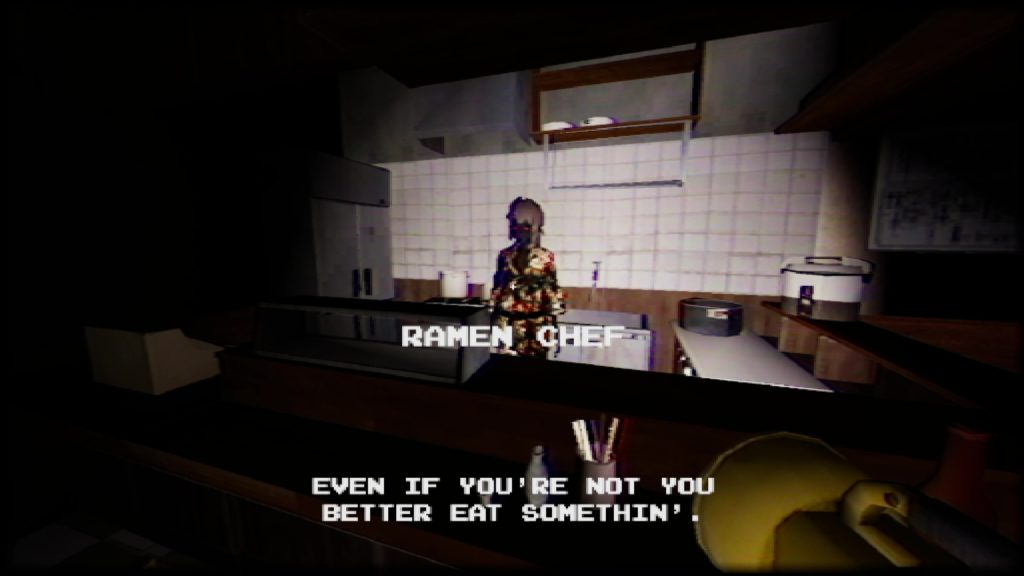
The take on the legend from the Yuki Onna game is probably closest to the “snow vampire” legend from Aomori, Gunma, Niigata and Miyagi. This take on the Yuki Onna legend sees her feeding on the vital energy of humans by freezing them to death and then sucking out their energy through their mouths. Niigata’s particular take on the story suggests that the Yuki Onna is especially fond of childrens’ life energy, so children are warned not to play near forests on snowy nights.
Regardless of her origin — which is hinted at through “ice crystals” scattered around the environment, which apparently contain memories of the past — the Yuki Onna in Yuki Onna wanders around the game world, waiting to spot you and run after you, screaming. If she touches you, you’ll lose health, but you can take a reasonable amount of damage before you die once and for all.
To escape, you have a limited amount of stamina you can use to run. You can also take care to move quietly around the inn so that Yuki Onna doesn’t hear you — though this becomes increasingly difficult as the game progresses once ghostly eyeballs start appearing on the walls, reporting your location to Yuki Onna if they spot you. Your best bet is usually to survey each new area you enter and see if there are any convenient pots to hide in before you start investigating in earnest.
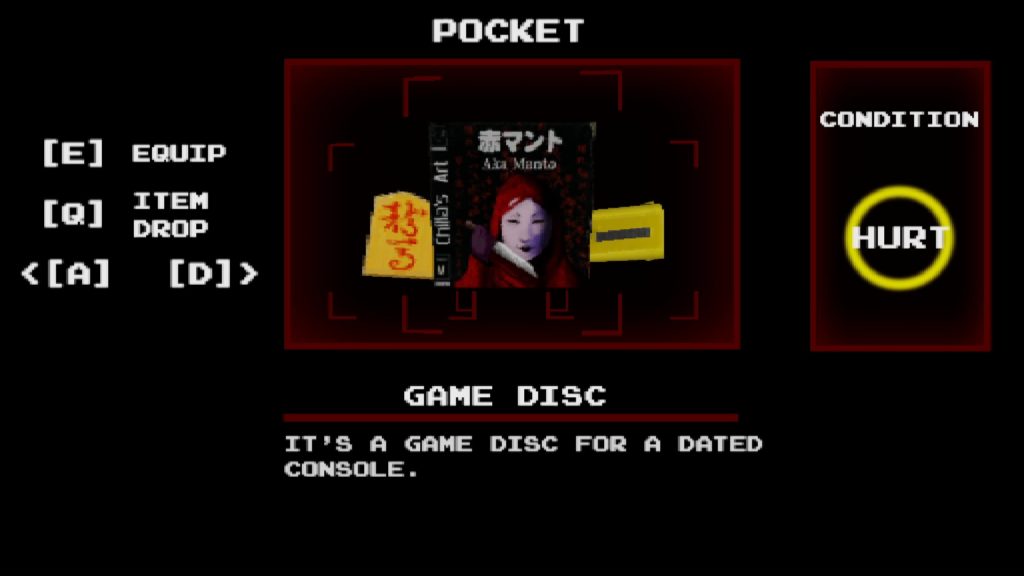
Progressing through the game requires collecting various items from around the inn and using them in their appropriate locations. You only have limited inventory space, so you’ll need to consider what you need to use at any given moment. Several items make use of consumable such as fuel or batteries, so you’ll also need to track down sources of those when required.
Thankfully, you can drop items anywhere, and they glow in the dark — so if you happen to find something you’ve been looking for but your pockets are full, you can simply ditch something then come back for it later. You’ll need to remember where you left it, of course, but the inn is intuitively designed and easy to navigate, even though there is no in-game map.
Making it through Yuki Onna requires a keen sense of curiosity to track down items, since many are hidden in cabinets and drawers. Thankfully, the game’s interface makes it clear when you’re looking at an interactive element, so there’s no “pixel hunting” required. It might not be immediately obvious what item you need to use on said interactive elements, of course, but that’s part of the game’s overall puzzle.
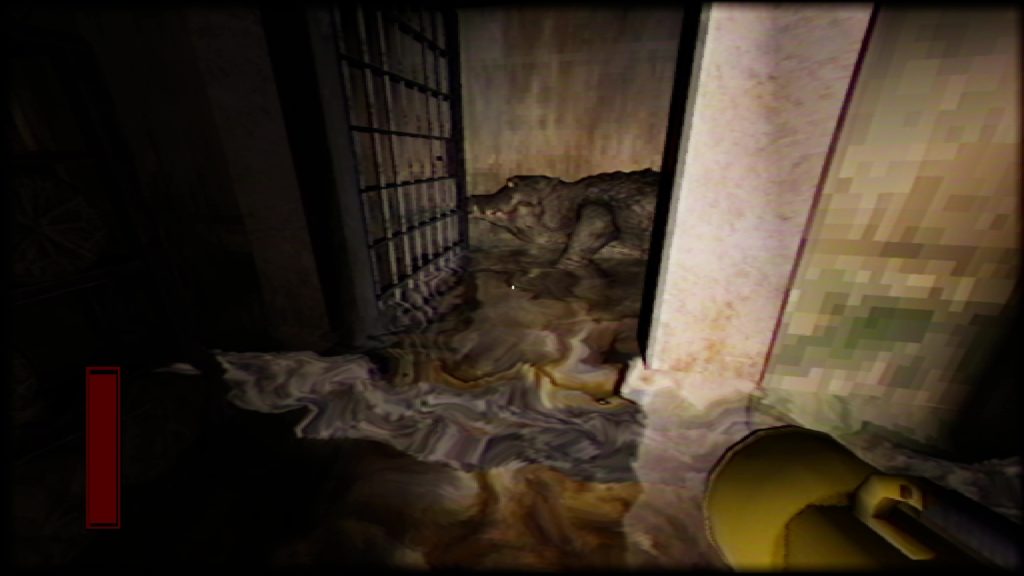
On the whole, Yuki Onna is a well-crafted, atmospheric and enjoyable horror game. For some, the “permadeath” aspect will be frustrating, but given that the game is only about an hour long from start to finish, it’s understandable that this was incorporated as a means of increasing the tension and challenge factor — and much like in Aka Manto, you’ll find that on subsequent runthroughs you’ll be able to romp through the early parts of the game and get back to where you were pretty quickly.
Presentation-wise, Yuki Onna is effective. The PS1-style visuals work well — like in Aka Manto, Chilla’s Art have even gone so far as to incorporate texture warping when viewing objects from certain angles — and the deliberately limited draw distance makes entering new areas a spooky experience. And, as with the duo’s other games, sound design is absolutely exemplary; ambient sound adds greatly to the atmosphere, while helpful audio cues provide you with useful information. And the first time Yuki Onna spots you, I can pretty much guarantee you’ll jump.
This is a good one, then, so long as you’re on board with the “running away from monster” gameplay. It takes the lessons learned from Aka Manto and applies them to a new setting — and the result is a game that, while recognisably similar to its spiritual predecessor, is considerably more well-executed. Thumbs up!
Yuki Onna is available via Steam.
Join The Discussion
Rice Digital Discord
Rice Digital Twitter
Rice Digital Facebook
Or write us a letter for the Rice Digital Friday Letters Page by clicking here!
Disclosure: Some links in this article may be affiliate links, which means we may earn a small commission if you make a purchase after clicking on them. This is at no additional cost to you and helps support Rice Digital!
- Letter from the Editor: passing the torch - June 30, 2023
- Super Woden GP 2 is looking promising - June 30, 2023
- Inti Creates is making a 32 bit-style Love Live action platformer - June 26, 2023





